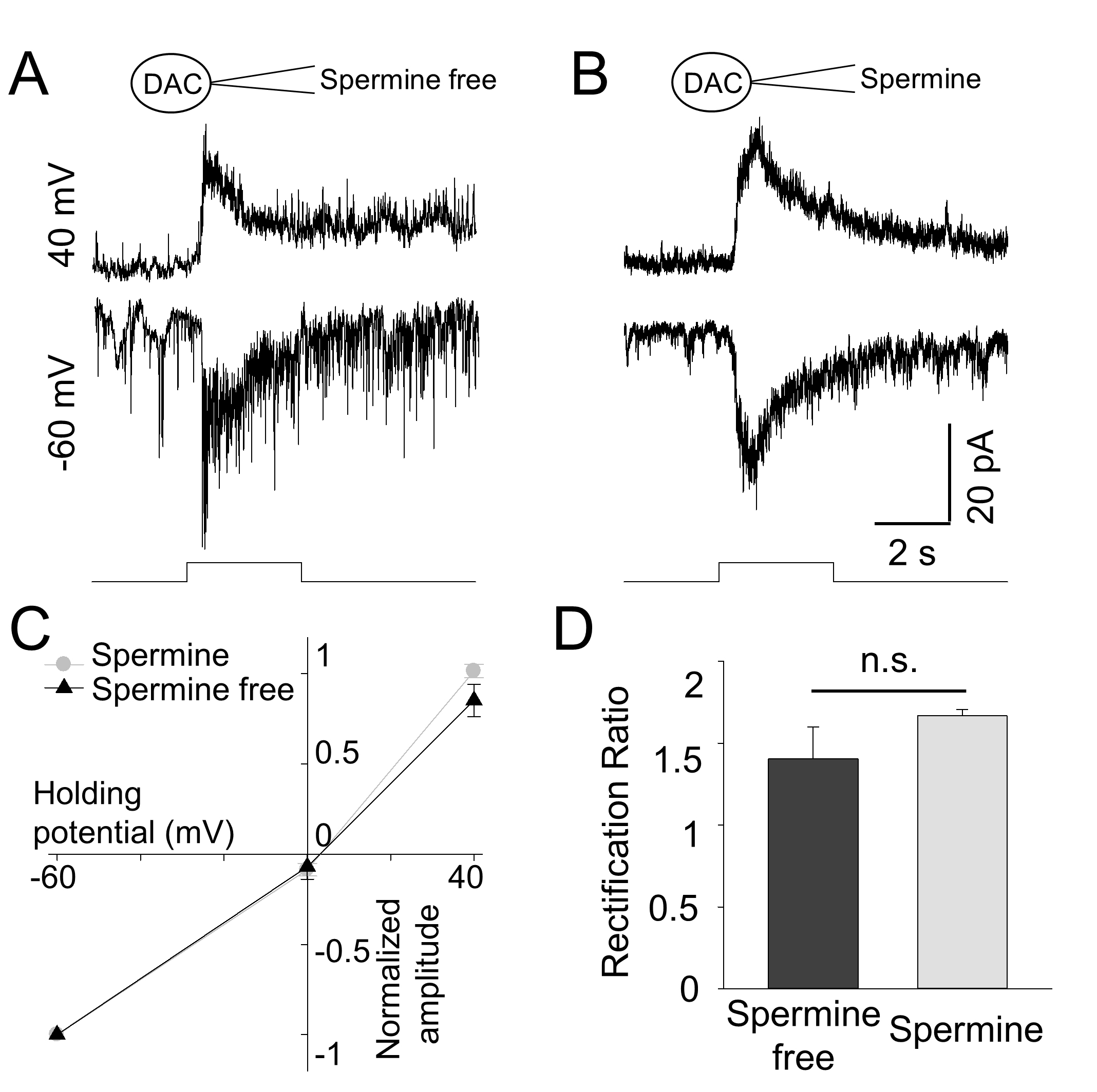Figure 1. Biophysical properties of AMPA receptor-mediated ipRGC-driven EPSCs of DACs. α-amino-3-hydroxyl-5-methyl-4-isoxazole-propionate
(AMPA) receptor-mediated light-induced excitatory postsynaptic currents (EPSCs) of dopaminergic amacrine cells (DACs) were
recorded with a whole-cell patch-clamp configuration in Opn4-function-only flatmount retinas at holding potentials of 40 mV and −60 mV without (A) and with (B) 100 µM spermine in the pipette solution. AMPA receptor-mediated light-induced EPSCs were isolated in the presence of a cocktail
of antagonists (50 µM D-AP5 for N-methyl-D-aspartate (NMDA) receptors, 0.3 µM ACET for Kainate receptors, 20 µM GABAzine for
GABAA receptors, 50 µM TPMPA for GABAC receptors, and 1.0 µM strychnine for glycine receptors). The stimulation bar shows the timing of a 470 nm light pulse (duration:
3 s; intensity: 4.7 × 1013 photons·cm−2·s−1). In (C), current-voltage relationships of AMPA receptor-mediated light-induced EPSCs from DACs including the cells in (A) and (B) were constructed (see the Methods section) without (triangles, mean ± standard error of the mean (SEM), n=4) and with (circles,
mean ± SEM, n=10) spermine. The curves indicate that DAC AMPA receptor-mediated light-induced EPSCs exhibit an outward rectification,
and this rectification was not changed by spermine. The rectification index (RI) of the DAC AMPA receptor-mediated light-induced
EPSCs was calculated (see the Methods section), but it was not affected by spermine (D, mean ± SEM, n=4 for spermine free, n=10 for spermine, n.s. p>0.05, Student t test).

 Figure 1 of
Liu, Mol Vis 2019; 25:780-790.
Figure 1 of
Liu, Mol Vis 2019; 25:780-790.  Figure 1 of
Liu, Mol Vis 2019; 25:780-790.
Figure 1 of
Liu, Mol Vis 2019; 25:780-790. 